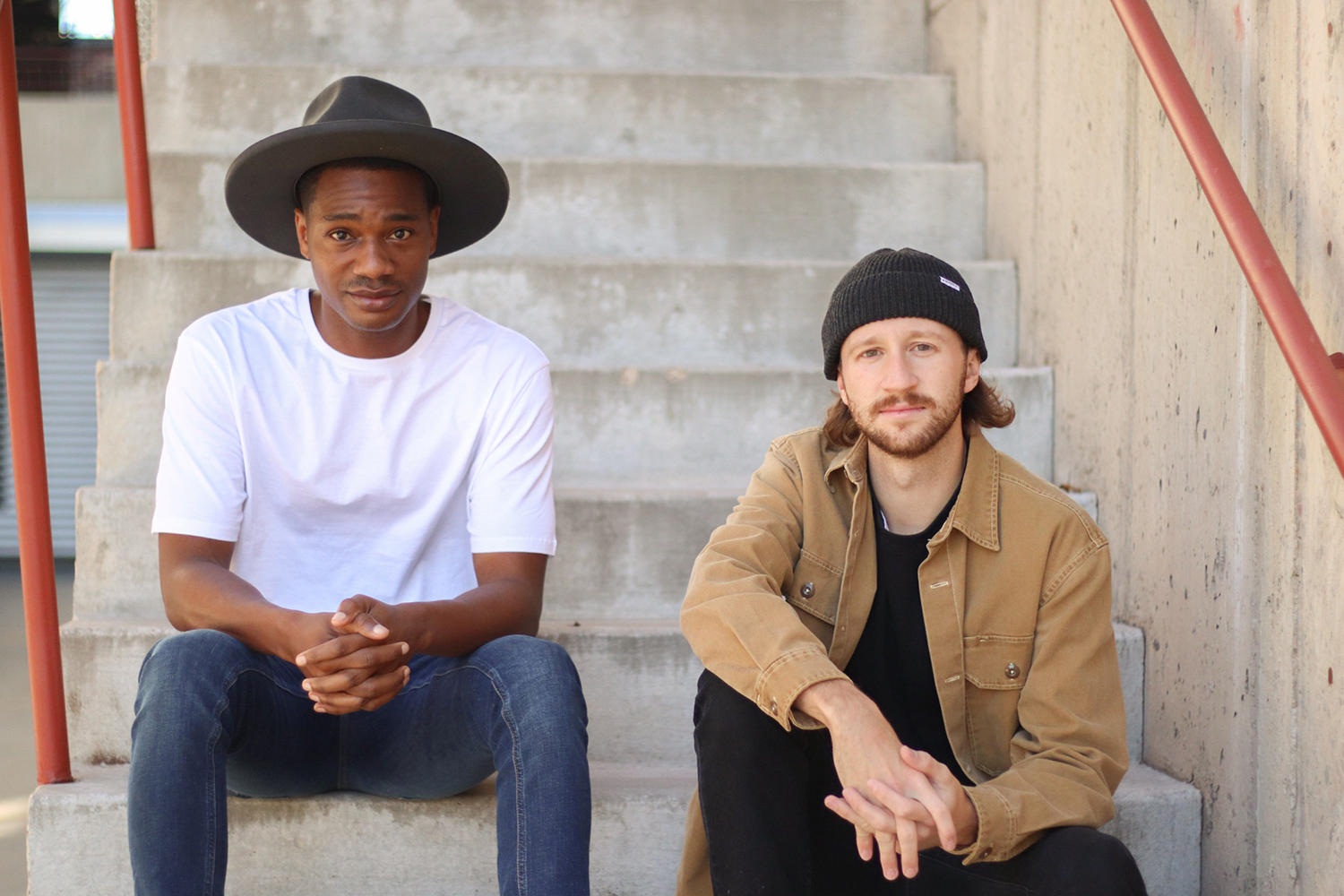
Jon Parrish was wading through the crush of the crowd on the way back to his booth when he saw her: Long and slender, with dark, curly hair, trying on one of his hats. It was 2018, Waco, Tex., and he was set up at the Magnolia Market at the Silos, a Chip and Joanna Gaines brainchild which draws 100,000 people over a typical weekend. Likely Parrish had seen thousands of women trying on the women’s-specific Gigi Pip hats, produced by a company he’d founded with his wife in 2015, but this woman was distinct. Something about her, her shape, the way she wore the Dahlia, a flat-brim felt number. And as he drew closer, she turned, and all was made clear: “She” was very much a very stylish “he” modeling what Parrish believed was a very “her” hat. But he caught himself thinking, That guy looks dope. “This is a hat that you wouldn’t find in Westernwear,” he says. “It was for men who don’t find that identity with traditional cowboy hats but they’re still hat-wearers.” Thus began his path to Two Roads Hat Co.
Related Guides
Parrish, a 35-year-old serial entrepreneur and Salt Lake City native with six companies to his credit, realized a truth that day that had been playing out around the country for previous three years as he hawked ladies’ hats: Contrary to most large-scale milliners, not every man wants to look like a cowboy. “Over the years [with Gigi Pip], we were dumbfounded with how many men were interested in our hats,” he says, remembering that if the smaller sizes didn’t immediately give it away, the giant sign that read ‘For the Women Who Wear Many Hats’ would eventually jog a realization. “It was like all of a sudden finding out your Gucci bag or your Roxy shorts were made for women,” he says, laughing. But it was undeniable that there was an intuitive attraction from guys to what was designed as women’s headgear. So what was it?

Gigi Pip hats — and now Two Roads Hat Co.’s offerings — “had a different twist to them than the hat companies of old,” he says. Others, he explains, were iconified in the American West. To be clear, there’s nothing wrong with a shit-kicker hat. But for every man living on a farm, there are 10 browsing the local farmer’s market. Put another way, plenty of men love Quentin Tarantino movies, but few want to dress like an extra in one. “We hear this phrase all the time: ‘I love that. I wish I could pull it off,’” he says. “It’s because you’re not a horse-riding cowboy, but you love the hat they wear.” When it comes to something you’d actually wear, more and more men are looking for classic styles tweaked to the modern aesthetic, the same shapes seen on the heads of post-game NBA and NFL players during press conferences, albeit for thousands of dollars less. That’s the philosophy of both of Parrish’s companies.
Thanks to his wife, the popular blogger and Instagram influencer Ginger Parrish, Jon’s company Gigi Pip was already taking off among women, and it only spelled danger to dilute the brand to include a men’s line. Therefore, Two Roads Hat Co. was founded for the boys.
So what makes a men’s hat? Certainly the sizing increased, as men’s heads are generally bigger than women’s. But men, Parrish says, lean toward shorter, softer brims, while women prefer the fit and flex of Kung Lao’s. The sweat band also differs: Men, who tend to perspire more than women, need a more absorbent leather sweatband, while the one for women is made from a softer cloth.
But there’s a difference in Two Roads’ ethos, as well: Each model is named after need-to-know places around the United States and the world at large, capturing guys’ yearning for exploration and adventure. Four may feature SLC locales, but the company’s best-selling Echo Park takes its name after the legendary Los Angeles neighborhood, and places as diverse as the Amalfi Coast and Detroit are all repped.
If the model names were deliberated with care, the company name was even more debated, and Parrish claims it was a year of back-and-forth with his company’s future president until they settled on Two Roads, an allusion to Robert Frost’s famous poem, “The Road Not Taken.” “[The phrase] was one of those terms that just identified,” he says. “[After,] things just started fitting into place.”
Approaching six months into his brand’s existence, Parrish is optimistic. All of the mistakes he made with his women’s brand informed his choices with Two Roads, and one must think that being a man himself, the closer relationship with its target demo can’t hurt. The shoulder seasons are traditional hat-buying months, and the trends follow a basic formula: straw in spring, felt in fall. He’s aware that men who have been hat-curious but turned off by the Western nature of many hatmakers may approach with fear and trembling. But he’s quick to encourage. “If you’re a hat-wearing person,” he says, “you can wear hats.”





